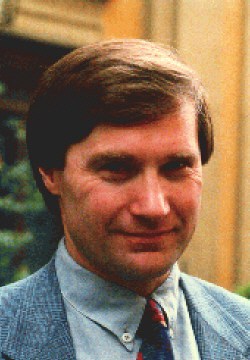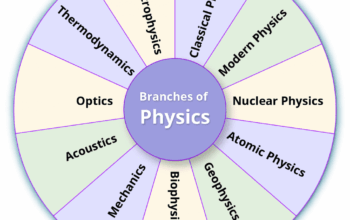The intersection of physics and philosophy has been a fertile ground for intellectual discourse throughout history. The recent accolade awarded to physicist John D. Barrow, who won the Religion Prize, serves as an intriguing case study illuminating the intricate synergies existing between these two realms. Barrow’s work encapsulates a profound inquiry into the cosmos that transcends mere empirical inquiry, inviting contemplative speculation on the metaphysical implications of scientific discoveries. In examining the significance of this award, one must embark on a multidimensional exploration that traverses the landscapes of cosmology, theology, and the philosophy of science.
To commence, one must acknowledge the dynamic nature of Barrow’s contributions to the discourse between physics and philosophy. His seminal works, such as “The Constants of Nature” and “The Universe That Discovered Itself,” explore how scientific laws not only describe the universe but also evoke deeper philosophical questions regarding existence, meaning, and the very nature of reality. Barrow posits that while empirical evidence provides a framework for understanding the cosmos, it is the philosophical interpretations of this evidence that propel humanity towards a more profound comprehension of our place within the grand tapestry of existence.
The symbols of the cosmos, like constellations woven into a celestial fabric, serve as metaphors for the intricate relationship between science and faith. Barrow’s explorations signify that the formulative principles governing the universe can evoke reverberations beyond the material; they inspire a sense of awe akin to the spiritual experiences traditionally associated with religious contemplation. In this sense, Barrow functions as a bridge, illuminating the pathways along which the scientific method and theological reflection intertwine.
Furthermore, Barrow’s invocation of cosmological constants raises fascinating philosophical inquiries. These constants—values that remain invariant across the vast stretches of time and space—pose questions of fine-tuning and anthropic reasoning. The apparent precision of these values has led to arguments regarding the existence of a divine architect. Such discussions evoke Charybdis and Scylla, as one navigates the delicate waters of determinism and free will, revealing a tapestry of belief interwoven with empirical knowledge.
Barrow’s scholarship urges us to critically evaluate not just the ‘how’ of existence but the ‘why.’ When interpreted through a philosophical lens, the very act of doing science metamorphoses from a pursuit of knowledge into a quest for understanding the ultimate nature of reality. These reflections prompt dialogues reminiscent of Socratic dialogues—where inquiry begets further probing into existential quandaries. Thus, the intersection of physics and philosophy invites scholars to engage with multidimensional thought, fostering a richer appreciation of both domains.
Moreover, Barrow’s emphasis on the narrative quality of scientific discovery acts as a rebuttal to the reductionist tendencies often prevalent within the scientific community. He foregrounds the notion that while equations and empirical data are fundamental, they are mere components in the overarching narrative of humanity’s quest for understanding. This idea resonates with the philosophical concept of narrative identity, suggesting that our lives—and indeed our inquiries into the universe—are better understood as stories that encompass both factual and interpretive facets.
As one reflects on Barrow’s contributions, the implications of winning the Religion Prize transcend his individual achievements. They reflect a broader cultural moment where interdisciplinary dialogues are increasingly recognized as valuable. In an era characterized by the fragmentation of knowledge, Barrow’s work exemplifies the importance of seeking unity in diversity, a requisite in comprehending the complexities inherent to human experience.
Additionally, Barrow’s narrative underscores the intellectual courage required to challenge the demarcation between science and religion. Historically, this boundary has often been interpreted as adversarial, giving rise to a dichotomy that limits the exploration of truths. Barrow’s scholarship exemplifies how embracing this boundary can yield insights that are both scientifically rigorous and philosophically rich, offering new paradigms under which interpretations of existence are generated.
One cannot overlook the metaphor of the universe as a grand book—written in the language of mathematics, yet requiring the interpretative faculties of the human mind to extract meaning. Barrow places himself as a reader of this cosmic narrative, inscribing insights that resonate deeply with our intrinsic quest for truth. The award he received stands as a testament that the pursuit of understanding the cosmos is not solely the domain of physicists but rather a shared human endeavor that calls for theological insight and philosophical depth.
In conclusion, the recognition given to John D. Barrow serves as a poignant reminder of the indispensable link between the realms of science and philosophy. By illuminating the metaphysical implications of scientific inquiry, Barrow epitomizes the potential for interdisciplinary dialogue to enrich our understanding of existence. As scholars and thinkers traverse this intricate landscape, they find that the boundaries are not limitations but invitations to explore the vast oceans of thought that connect our empirical understandings with our spiritual longings. The realms of physics and philosophy are not adversaries; rather, they are partners in the quest for knowledge, each revealing the universe in ways that beget profound respect and wonder.










